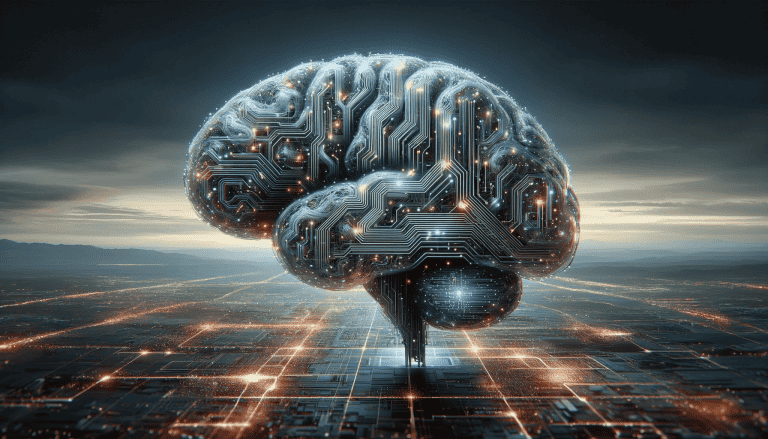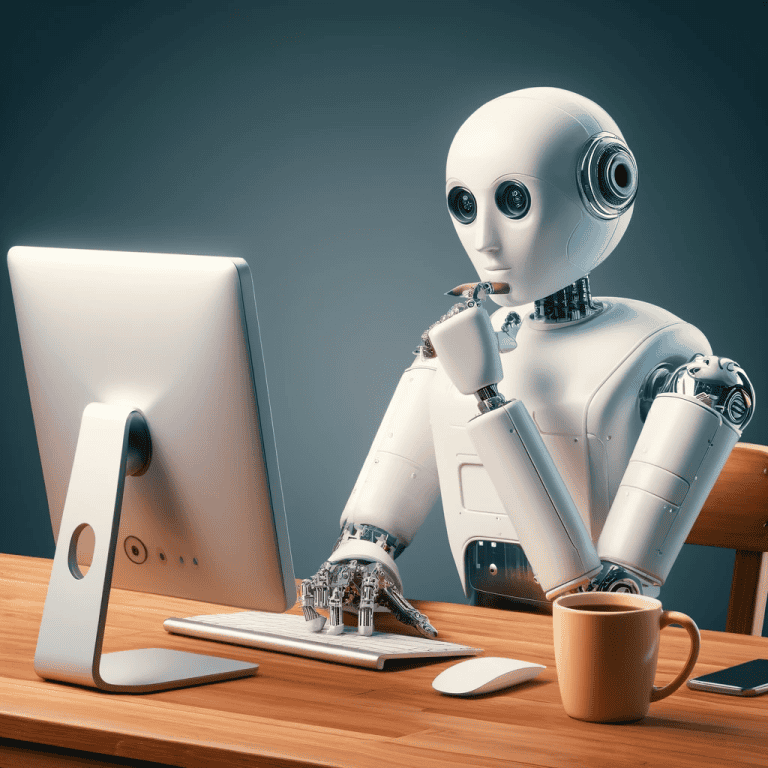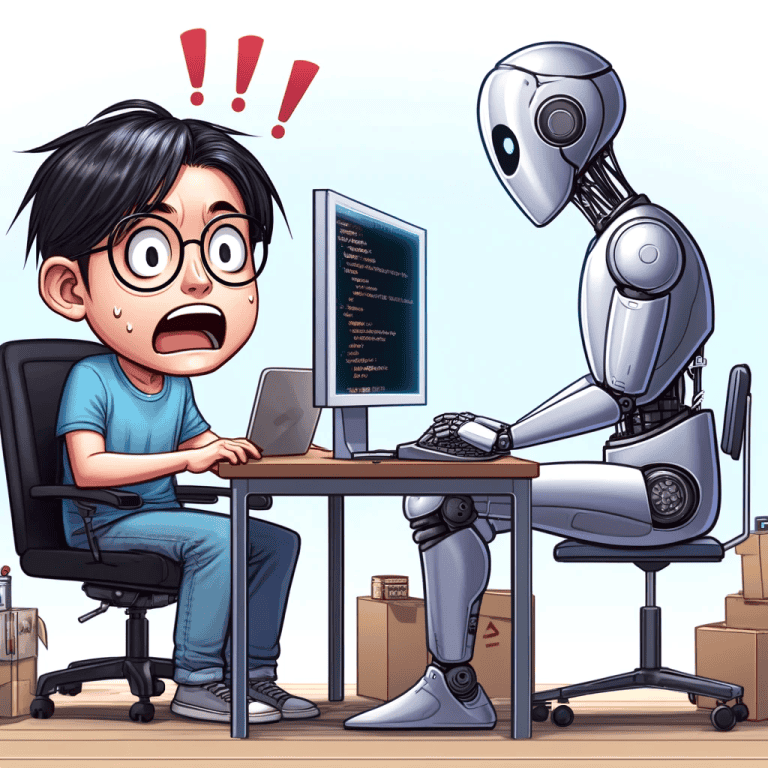Understanding AI: A Clear-Cut Comparison of Traditional and Generative AI
I want you to think back to any task where you had to follow instructions to the letter—maybe a high school science experiment or a step-by-step coding tutorial. You measured every component precisely, followed each step carefully, and aimed for a specific, expected result. That’s how Traditional AI works in a nutshell: it follows predefined rules to achieve a specific outcome or outcomes.
Now, recall a time when you had to get something done without explicit step-by-step instructions—perhaps writing a poem, improvising a dance, or coming up with a new recipe using whatever ingredients you had on hand. You relied on creativity, intuition, and past experiences to create something new. That’s Generative AI.
Traditional AI: The Rule Abider
Traditional AI is like that reliable friend who sticks to the plan. It excels at tasks like:
- Recognizing Patterns: Identifying spam emails by checking for specific keywords, unusual sender patterns, or suspicious links.
- Making Predictions: Forecasting weather by analyzing historical data and atmospheric models.
- Following Instructions: Executing precise commands in a software program or controlling industrial robots.
These AI systems are programmed with specific algorithms and rely heavily on the data they’re trained on. While they can process large amounts of data quickly and accurately, they can only adapt to scenarios they were explicitly programmed for. They don’t “think” outside the box; they process inputs to produce expected, predictable outputs.
The strength of Traditional AI lies in its reliability and predictability for well-defined tasks. When you need consistent results in a controlled environment, Traditional AI is often the go-to solution.
💡Here’s a simple analogy to drive home the point
Think of a vending machine. You press B2, and you get a chocolate bar. It does exactly what it’s designed to do—nothing more, nothing less.
Generative AI: The Creative Innovator
Generative AI learns patterns from existing data and then uses that knowledge to create new content. Key applications include:
- Text Generation: Writing articles, stories, or even jokes that feel human-written.
- Image Creation: Designing artwork or realistic images from scratch based on text descriptions.
- Music Composition: Creating new melodies and songs in various styles and genres.
Unlike Traditional AI, Generative AI can produce outputs that weren’t explicitly programmed. It can combine learned patterns in novel ways, leading to creative and sometimes unexpected results.
💡Here’s another simple analogy to drive home the point
Consider Generative AI a super-powered version of your phone’s predictive text. Instead of just suggesting the next word, it can predict and generate entire paragraphs, images, or melodies. It works on the same principle – using patterns from its training data to make educated guesses about what should come next – but on a much grander scale. And like predictive text, it can sometimes produce unexpected or odd results.
Why the Fuss About Generative AI?
Sigh, where do we even begin? The tech world is buzzing, and it’s all because of Generative AI. We’re witnessing an explosion of groundbreaking productivity apps powered by advanced AI models like:
- ChatGPT from OpenAI and Claude from Anthropic are redefining conversational AI.
- DALL·E is revolutionizing visual content creation.
- Suno is pushing boundaries in AI-generated music.
- Perplexity AI is transforming how we search for and process information.
Corporations and consumers are taking notice because Generative AI offers capabilities that feel fresh and innovative compared to previous technologies. It’s enabling us to create and interact with digital content in ways that weren’t as accessible or even possible before.
Putting It All Together
| Feature | Traditional AI | Generative AI |
|---|---|---|
| Primary Function | Analyzes and predicts based on existing data | Creates new content based on learned patterns |
| Output | Consistent results for the same input | Can produce varied outputs for the same input |
| Flexibility | Limited to predefined scenarios | Can handle novel situations |
| Creativity | Low – follows programmed rules | High – can produce original content |
| Typical Applications | – Medical diagnosis – Fraud detection – Spam filtering | – Writing articles – Creating artwork – Composing music |
| Main Strength | Accuracy and reliability in specific tasks | Adaptability and creativity |
| Main Limitation | Struggles with new or unexpected scenarios | Can produce unpredictable or biased results |
Final Thoughts
Just like you can effortlessly switch between following a recipe and improvising in the kitchen, AI seamlessly navigates between traditional and generative approaches. Both are essential ingredients in the technological landscape, each with its unique flavor and purpose.
Think about your own daily life. When you ask your smart speaker to play a particular song, that’s traditional AI at work, following your command precisely. But when you use an AI image generator to create a unique piece of art, you’re tapping into the power of generative AI.
From the apps you use to the services you rely on, AI is quietly transforming the world around us. And now, armed with the knowledge of how traditional and generative AI differ, you can appreciate the ingenuity behind these technologies even more.
So, the next time you encounter an AI-powered tool, take a moment to consider: is it following a predefined set of rules, or is it venturing into uncharted territory to create something new and unexpected? The answer might surprise you!
ℹ️ This content combines AI-assisted drafting with my own insights and editing. The final product reflects my ideas and has been personally reviewed.






